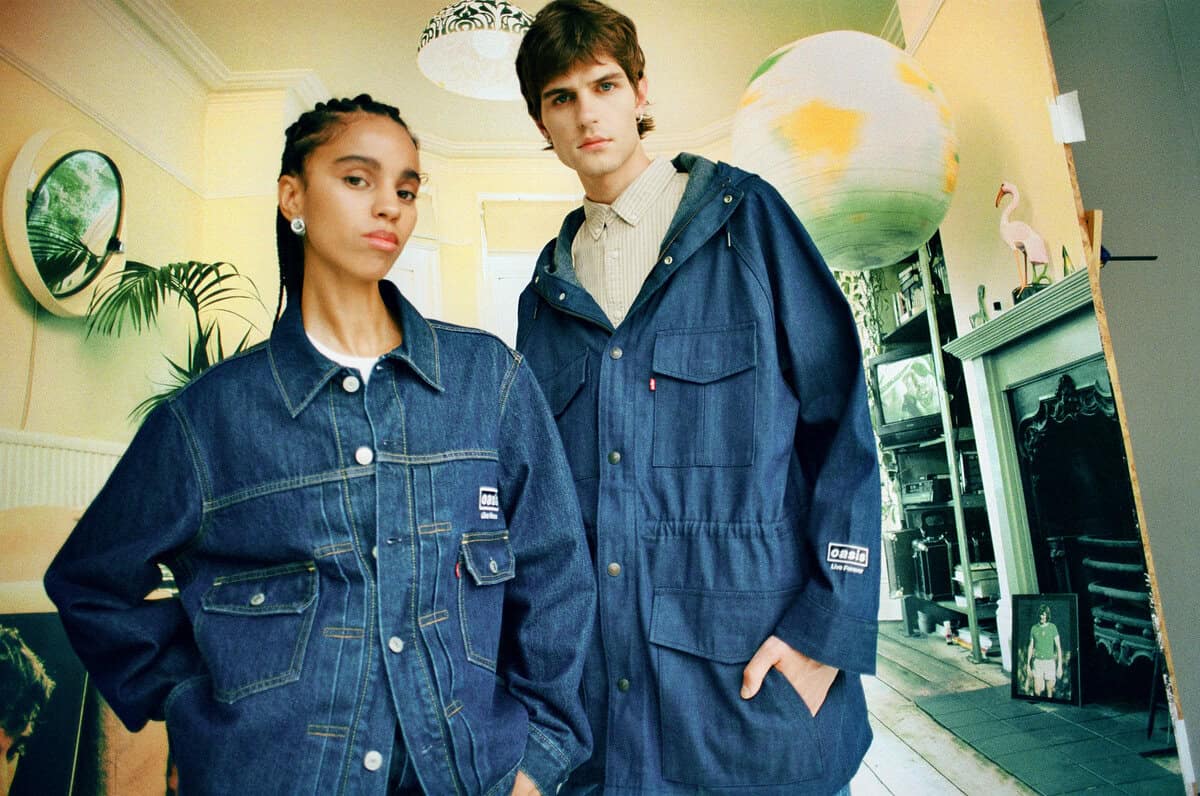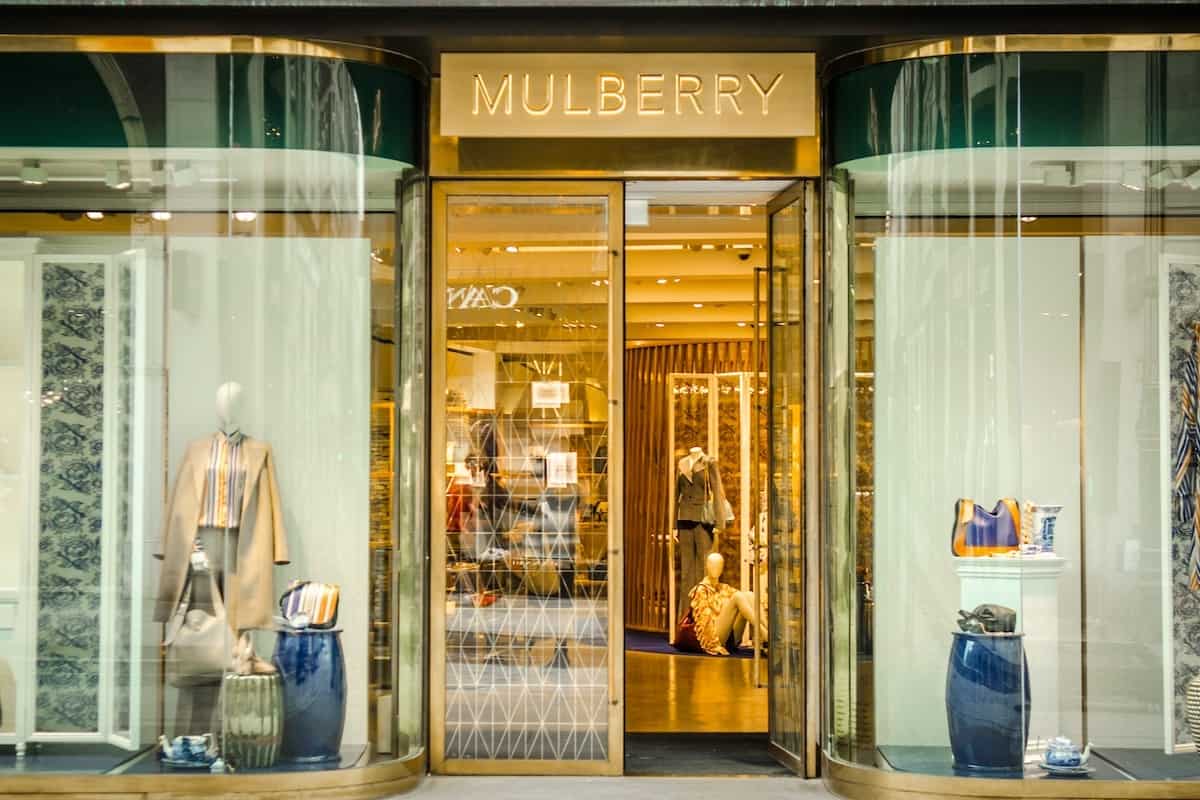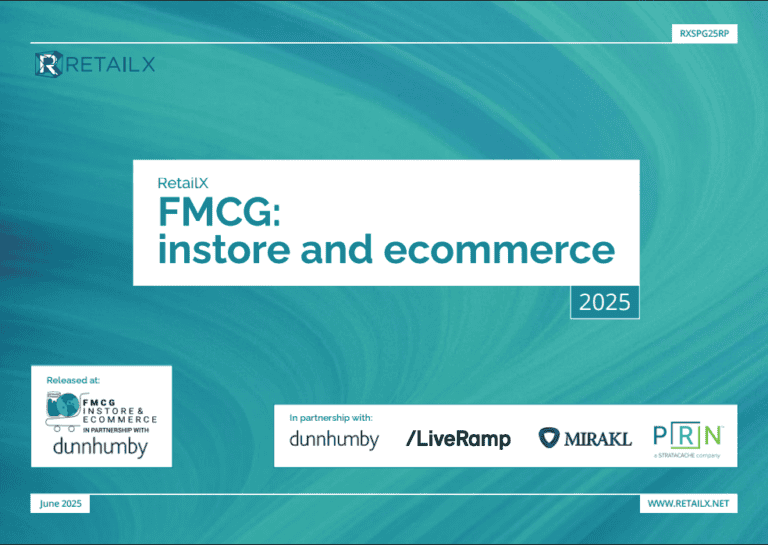Ahead of the eighth annual Internet Retailing Conference (IRC 2013) we’re running a series of previews of the event, focusing on the highlights of the one-day conference and featuring interviews with speakers. Today we speak to David Tarbuck, head of multichannel delivery at Kiddicare , who will be taking part in a panel discussion on internet retailing in store.
Internet Retailing: Kiddicare has relatively recently moved from having a single store to a chain of stores. Can you tell me briefly about how you’ve taken internet retailing into those stores?
David Tarbuck, head of multichannel delivery at Kiddicare: This time last year we were just preparing to open the first of the Kiddicare showrooms in Nottingham. We had a team of people who had a vision of how the stores were going to work and what the customer proposition would be. Then we started overlaying different layers of functionality, which led to the technology overlays in the store.
Part of that was all about how customers place orders, shop and get information from us. Kiddicare was moving from one online channel to become a multichannel retailer (while the showroom in Peterborough was a store, it was a different type of store, effectively hard wired into the infrastructure of the business).
The creation of all the new processes in the business operating model caused lots of changes to the way we had to think about data to make sure that the information we were showing online was not only relevant but was accurate.
The disciplines of general retailing had to be written into this organisation. We shortcut a lot of analysis and planning by hiring people who had done it in other organisations – I’d worked for Home Retail Group and did a lot of planning at Argos. Others had had similar experiences, and Scott had the vision for what he wanted it to be. That planning phase gave us the success.
A couple of things highlight the linkages between store and online. Not everything we had online could be in store because of the physical restraints that retailers have (that was never a real problem for Peterborough because there you had the warehouse with all the stock behind the wall). We introduced web-based kiosks into the stores from day one which allowed people to browse Kiddicare’s full range for home delivery or see if the item was actually in the store for collection.
In order to introduce check and reserve transactions, we had to link the physical stockpiles of stores to the internet, and to link the physical tills in store to the online transactions. The vision we had was that we didn’t want to force a customer down one particular transaction route – if someone was ordering something for home delivery and they’re in our stores, why not supplement that with clothes or toys, or consumables that are in the store and allow them to purchase that all together. We build interactions between online and stores, which was a challenge if I’m honest. It was one of the items in the proposition that seemed really straightforward but actually building it and making it work wasn’t straightforward at all but has been really successful.
IR: What have you found works best for your customers?
DT: It really does depend on the journey. If our customers are looking for the first big purchase, the travel system, nursery furniture, they’ll want to browse using the kiosk, see all the options, talk to someone about it, see it, touch it, feel it, the effect of the full multichannel. Instore we have all the information that we have online and the products as well.
Other customers come into the store to buy nappies and clothes – these are standard retail transactions and not a lot of research is needed. Others use our stores as a social hub. Mother and baby groups, NCT groups and so on use the cafes to come in and talk about baby things that may be related to us in retail or may not. It’s great to have the information on hand, either through mobile, wifi, through the kiosks, or talking to our advisors on the shop floor for our knowledge of our products that will be supplemented by what they can see.
IR: Can you tell me about a difficulty that you’ve encountered along the way and the solution that you found?
DT: We use electronic shelf edge labels in store so that we can have the right pricing across all of our channels. That can be difficult to achieve if you have paper pricing across the store, so the labels helped us to avoid that difficulty. Electronic labels give us really reactive pricing without spending hundreds of man hours across the estate just changing paper price labels. By linking online and shelf edge labels you can manage price changes through stores really, really efficiently. If there is a paper point of sale that’s on a product you can display a symbol on the electronic shelf edge label so that colleagues in store know what should be there.
But I can’t really find a huge problem that we had. What we had was the pressure we put on ourselves to make it all happen in a really short space of time. Then it was all hands to the pump and making it happen.
IR: Was there unexpected benefit or opportunity that’s come out of the move?
DT: The benefits were not really unexpected, but the thing we were really delighted about was that the customers who visit our stores understand the proposition, they understand what we’re trying to do and they tell us we pulled it off. It’s really reassuring.
I suppose the success in stores and the perception of our customers of our stores, is better than we thought it would be. I think we/they thought when Kiddicare opened a store it would just be a retail store, we were always trying to make it more than that. Our sights are set for the future on things like improving the website and the way we link the store to the internet.
IR: How do you think your shoppers will be buying in five years time? Do you think the balance will have tipped in favour of ecommerce or stores?
DT: I think the way that customers are moving is convenience and device-led. When you talk about online, online can be on a device in the store. It doesn’t have to be a store. With mobile allowing that ambition, you have to think about it slightly differently. At the moment we have ten stores across the UK, which gives us great UK coverage. People travel 45 minutes or even an hour and a half to go to a Kiddicare store – and that’s because of what they see of Kiddicare online.
There’s a social element that attracts customers to the brand – they follow us on Facebook, they tweet about us, they understand about the brand and talk amongst themselves about us, which is really humbling at times.
The sentiment that we have within our customer base, and the advocacy that we have is really strong from existing customers. So when people travel a long way to the stores, they may have used social channels, looked at the website, used apps, and they see they like the brand. I do think mobile technologies bridge the gap of out of store to in-store because the same experience can be had whether you’re standing in the store or sitting at home. You can go onto effectively have a Google Street View walkthrough of our shops. People can experience the stores away from online. That’s great technology but I think in the future it will be more about mobile and more about customers doing what customers want to do. The choices and propositions will be what drives the differences between retailers.
IR: So will there be still a real difference between online and the store?
DT: Yes I think families expecting their first baby want to go and have the experience in the store. They’re not buying a washing machine but a travel system that’s going to protect their baby – they want to talk to someone about that system, to touch it and feel it.
If they prefer they can do it online and be really comfortable with the purchase they are making. But you also find in our market people do want to have the retail experience, to come into store, push things up and down, fold them up, see if they’ll fit in the car, talk to experts and interact with products – and that may not lead to purchase. It’s physical browsing.
Our technologies allow them to do that and have the same experience whether online or instore apart from the touch and feel. We’re trying to make sure that the product information we have is brilliant and will answer customer queries. The same knowledge and information has to be across all of the channels all of the time.
IR: How do you think the retail industry as a whole will have evolved in that timeframe? What changes would you like to see in particular?
DT: Customers are getting smarter. It isn’t the telephone that’s only getting smarter – customers are getting more savvy. They will expect higher levels of service than some people can currently deliver. They expect things to be right and that means the right products, right range, the right offer, right price, right service, the right options for them. Because there’ll be a lot of competition – people will research a lot more.
I don’t see any change in the need to have convenient fulfilment – fulfilment could be home delivery, could be delivered to a collection point outside the retail estate or to or from the retailer themselves. A simple collection service will become more standardised, and people will be used to collecting from other collection locations, rather than simply the retailer. Customers will expect to have the choice and expect to be in control of their purchase.
David Tarbuck, head of multichannel delivery at Kiddicare, will be among the panelists on the Internet Retailing In Store panel discussion at Internet Retailing Conference 2013. The discussion, in The Customer conference stream takes place at 2.35pm.








